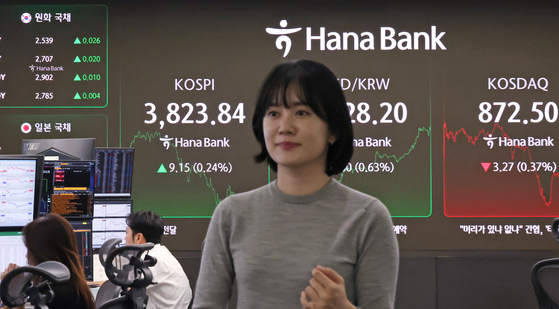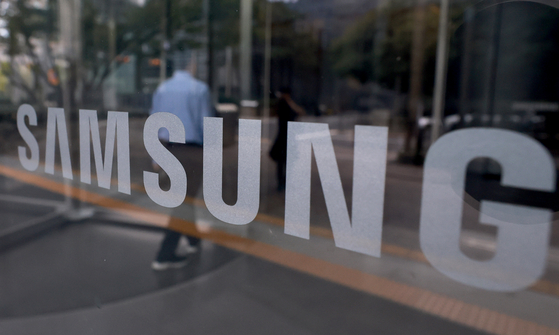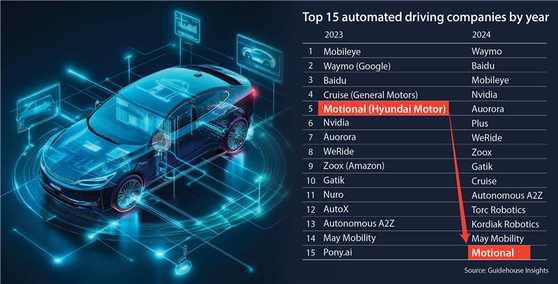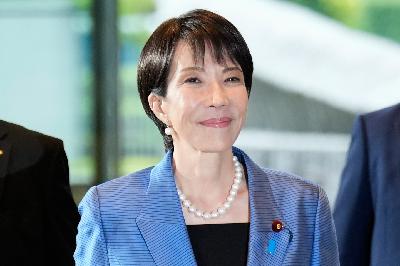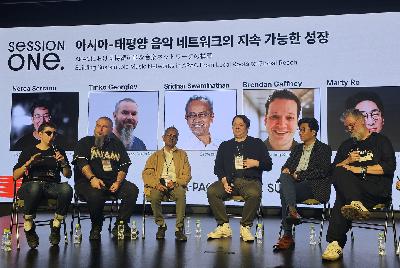Korea must read the global tide where AI meets security
Update: 2025-10-21
Description
Suh Sang-duk
The author is CEO of S2W and former visiting professor at Konkuk University
President Lee Jae Myung vowed to make Korea one of the world's top four defense powers during a Defense Industry Development Forum on Oct. 20. In his Armed Forces Day speech earlier this month, he also emphasized the importance of integrating advanced technologies - AI, drones and robotics - into modern defense systems.
The growing role of AI in national defense and security is undeniable. In the war between Russia and Ukraine, drones and reconnaissance systems used AI-based image analysis to identify targets, calculate coordinates and improve the precision of artillery strikes. The U.S. Department of Defense's Joint All-Domain Command and Control (JADC2) initiative is another example, integrating AI, automation and predictive analytics across land, sea, air, cyber and even space into a multidimensional networked command system.
Yet, beyond the United States, many nations still approach "security AI" through a narrow, physical lens. AI is often treated merely as a supplementary tool for operating weapon systems. The reality, however, is that modern threats already transcend such limits. The battlefield is no longer confined to visible terrain. Hidden channels in cyberspace - on the dark web and encrypted platforms such as Telegram - have become the new front lines of transnational risk.
In 2017, the FBI and Europol shut down AlphaBay and Hansa Market, two of the world's largest dark web marketplaces, exposing how such platforms enabled the global trafficking of weapons and explosives. In 2023, U.S. Air National Guardsman Jack Teixeira leaked hundreds of classified Pentagon documents on Discord, which quickly spread across Telegram and 4chan. These cases revealed that hidden digital channels are not merely unindexed spaces but borderless blind spots in global security.
In the 21st century, where AI dominates, battle lines have extended into cyberspace - territory no tank or missile can secure. A nation's defense capability is no longer measured solely by its weapons. It depends on how swiftly it can detect digital threats, connect them to physical domains and analyze them as part of an integrated security system. AI-driven technologies that collect and correlate threat data from across domains will form the core shield and sword of modern warfare, as JADC2 vividly illustrates.
Korea's regulatory environment, however, remains ill-equipped to adapt. Security-related public data, which could gain immense value through cross-domain integration, is tightly restricted from private-sector access for confidentiality reasons. While national security must be protected, Korea also needs flexible institutional mechanisms to respond rapidly to emerging threats. Excessive focus on secrecy can itself become a vulnerability.
To gain an edge in the global security race, Korea must pursue bold regulatory innovation and closer public-private collaboration. Establishing a regulatory sandbox that allows joint experimentation between government and industry in data integration and analysis could strengthen national defense in meaningful ways. In the United States, agencies like the CIA and FBI work with Palantir Technologies to analyze massive datasets in real time, detecting signs of terrorism and other threats before they escalate.
The U.K. Defense Science and Technology Laboratory (DSTL) also partners with domestic firms such as BAE Systems, small enterprises and universities under an open collaboration model, applying AI and data analytics to decision-making in defense. When public intelligence, investigative capacity and strategic insight merge with private AI expertise, invisible threats in digital battlefields can be identified and countered more effectively.
The future of "security AI" lies beyond the mere enhancement of physical force. It depends on how precisely and swiftly a nation can detect and manage unseen threats across networks. Korea must...
Comments
In Channel








